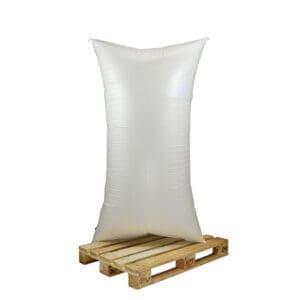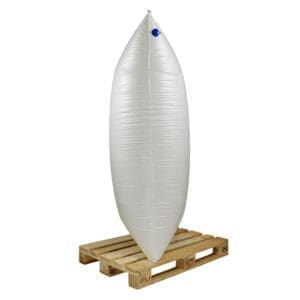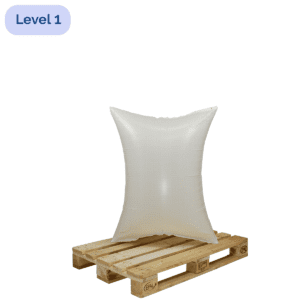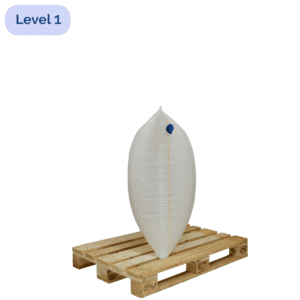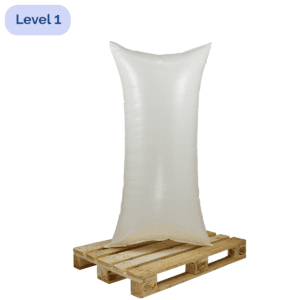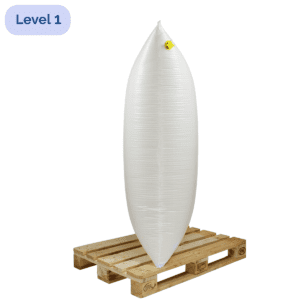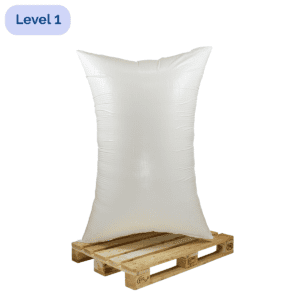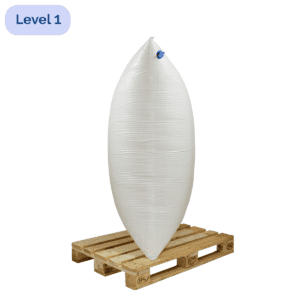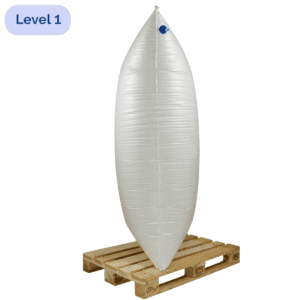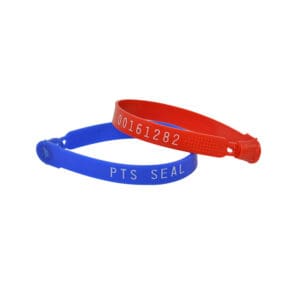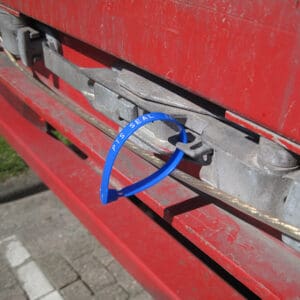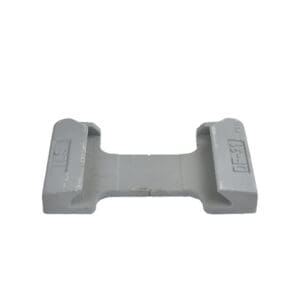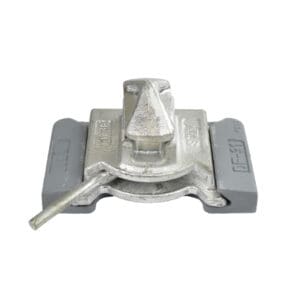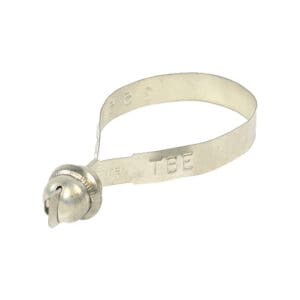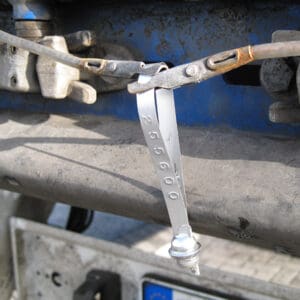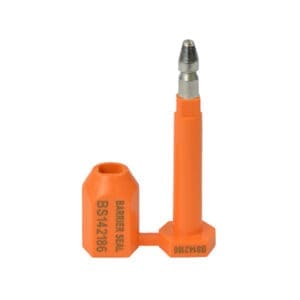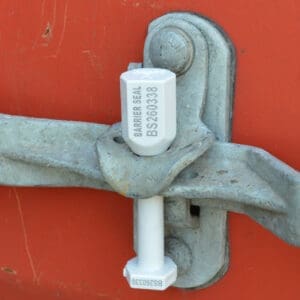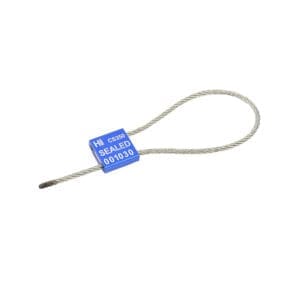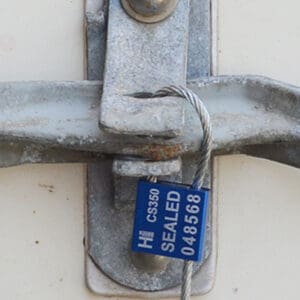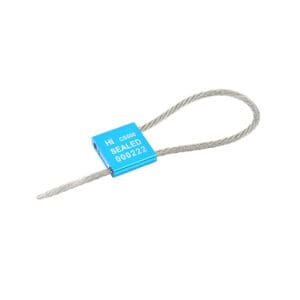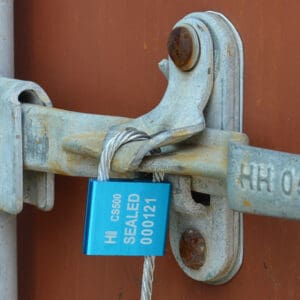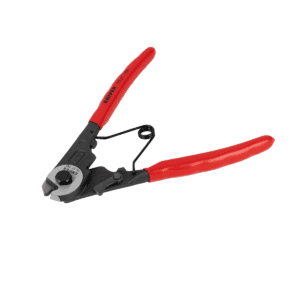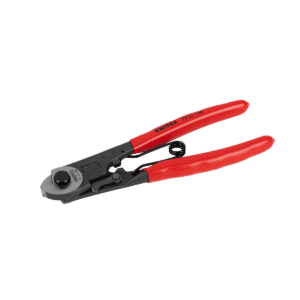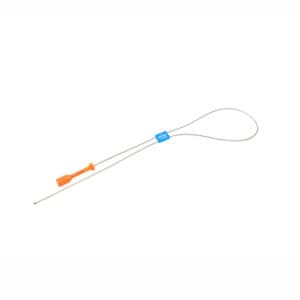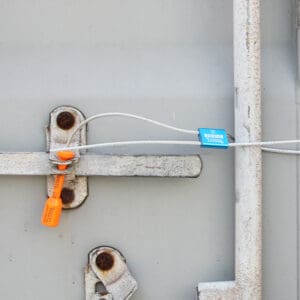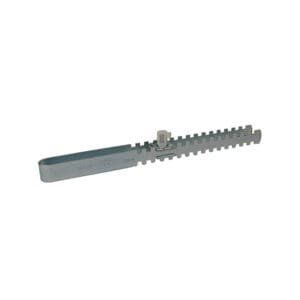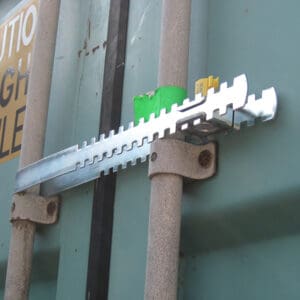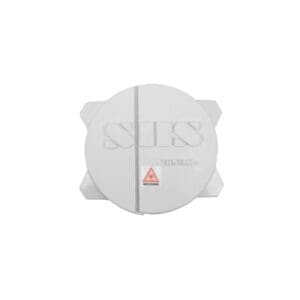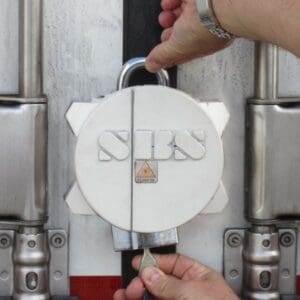Containers
Containers
Can we advise you?
+31 (0) 10-495 0000
sales@navacqs.com
Container sealing requires a container seal. Every container seal from Navacqs has ISO17712:2013 certification. This allows the seals to be used to seal a container worldwide. Authorities such as the C-TPAT (Customs-Trade Partnership Against Terrorism) require a container seal fitted with an ISO17712:2013 certification. In addition, a container seal from Navacqs complies with the ISPS Code (International Ship & Port Facility Code).
Sealing containers can be done with different products from Navacqs. One of the most commonly used products for sealing is a so-called Bolt Seal. This container seal consists of a steel pin and a steel bushing that can be clicked together. After the container seal is clicked into place and cannot be opened. Thanks to the unique incremental numbering and printing, fraud is then impossible.
Besides using Bolt Seals, Cable Seals can also be used to seal containers. A Cable Seal consists of an aluminium casing and a steel wire. The steel wire of the container seal frays when broken. This makes reuse impossible. ISO17712:2013 certified Cable Seals have a minimum diameter of 3.5 mm. Thanks to the flexible steel wire, container sealing is simplified and Cable Seals can be used when the closure of the container door is dislodged.
Finally, when sealing containers, container seals can be used that provide extra security by also being placed around the bars of the container. In many cases, this type of container seal consists of two parts, namely a Bolt Seal combined with a steel cable or with a steel bracket. This type of container seal is mainly used when sealing high-value containers.
Every container seal at Navacqs features a print combined with unique incremental numbering. Both Navacqs and the manufacturers keep track of this with utmost precision and is one of the most important aspects. As a result, Navacqs guarantees that every container seal is unique and that container sealing is safe and secure.




